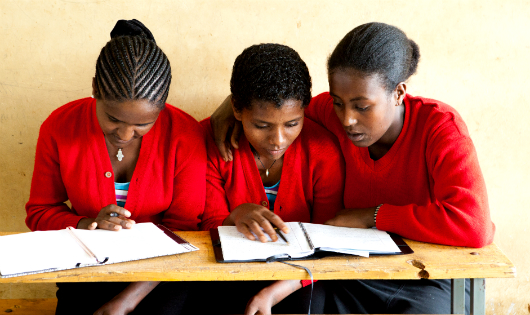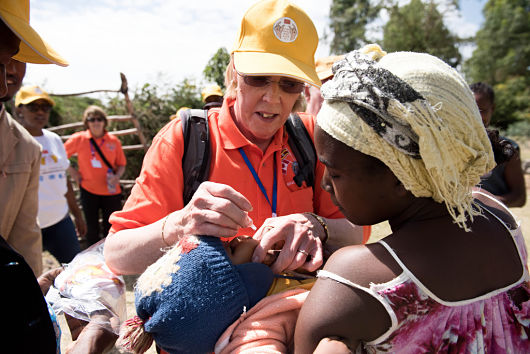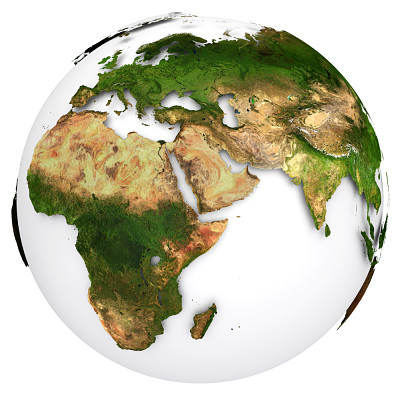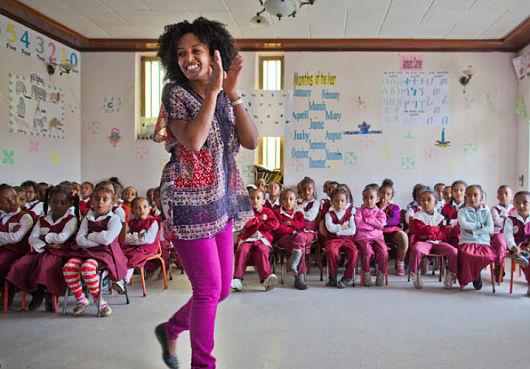
Whiz Kids Workshop, a nonprofit located in Ethiopia, uses media to educate children who do not have access to schooling. The organization has created three shows called Tsehai Loves Learning, Involve Me-Watch Me and Little Investigators that educate children on the fundamentals of learning. They use media and technology to promote literacy, health education and gender equality.
Whiz Kids Workshop was founded in 2005 by a husband and wife team who were inspired to help young children prepare for primary school in rural Ethiopia. Because the Ethiopian government does not have enough money to provide learning materials to children in preschools or kindergartens, many children miss out on basic education that prepares them for higher level schooling. Whiz Kids Workshop bridges this gap by providing young students with educational television programs, fundamental learning materials, storybooks and workbooks.
Their television show, Tsehai Loves Learning, had been expanded to movie screenings and DVDs all over Ethiopia. The show uses animation and puppets to present research based facts to their target audience of children ages 3 through 9. Topics covered by the show range from public health and ethics to literacy and preparing children for school.
Involve Me-Watch Me was the first Ethiopian television program for youths ages 9 through 15. As of 2013, Whiz Kids Workshop has published over 30 educational storybooks and produced 32 radio show episodes based on this show. These books and shows have been distributed in 115 schools.
Little Investigators promotes scientific learning in a fun way and is the first Ethiopian show to do so. The show is targeted toward teenagers and aims to introduce the scientific method and how it can be used to analyze global warming, current issues and much more.
As of right now, the organization is producing their fourth show, Girls in Red, an animated series created especially for adolescent girls. The show tackles issues like child marriages, health issues like HIV and practicing safe sex. According to the United Nation’s campaign, Girl Up, only 38 percent of females ages 15 to 24 are literate, 20 percent of girls are married before the age of 15 and 12 percent of girls within this age range are mothers or pregnant with their first child. Young girls in Ethiopia are also seven times more likely to be HIV positive than males. Girls in Red is in the process of being produced with the goal to reduce these numbers and help young, Ethiopian females live healthier and smarter lives.
– Julia Hettiger
Sources: Whiz Kids Workshop, Fast Company, Tadias
Photo: Fast Company
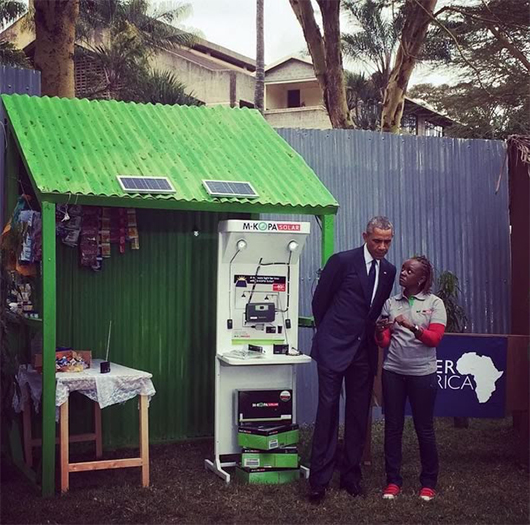

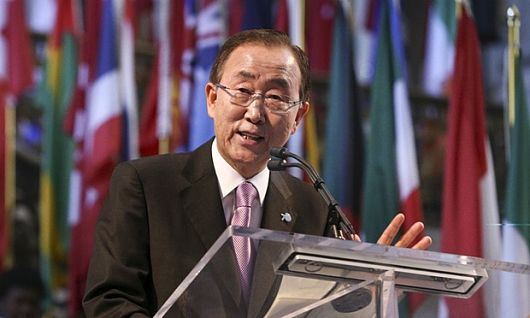
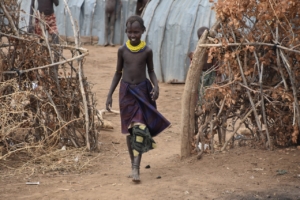 Ethiopia is the second most populous country in Africa, with 94.1 million people. Poverty has long been an issue for Ethiopia, and while many remain under
Ethiopia is the second most populous country in Africa, with 94.1 million people. Poverty has long been an issue for Ethiopia, and while many remain under